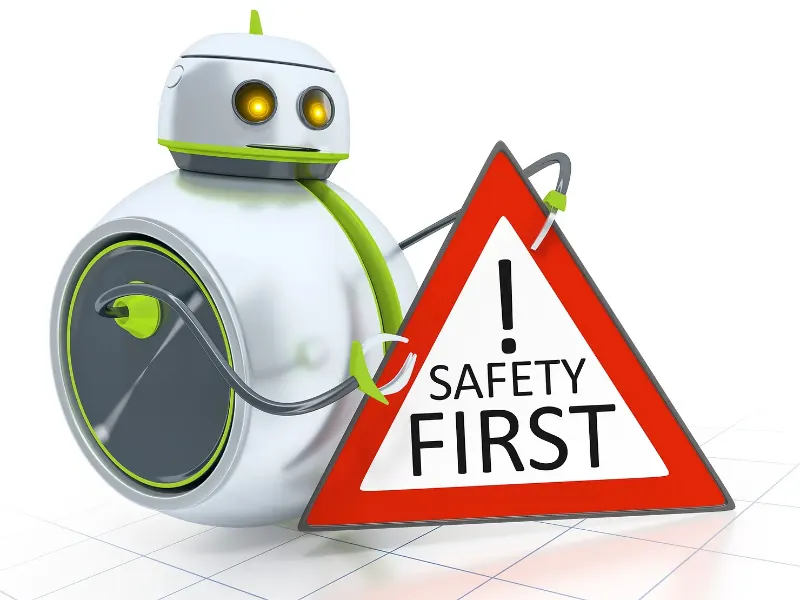- AI safety encompasses ensuring the reliability and robustness of AI systems, addressing biases and promoting fairness, and enhancing transparency and interpretability to facilitate accountability and trust.
- Ethical AI development involves designing systems that prioritise human values, respect privacy, and uphold fundamental rights, while aligning AI objectives with societal well-being to minimise potential harms.
- Long-term considerations in AI safety involve mitigating catastrophic risks associated with advanced AI systems, such as the emergence of superintelligent AI, through proactive research, international cooperation, and responsible development practices.
AI safety refers to the efforts and strategies aimed at ensuring that artificial intelligence systems operate in a safe, reliable, and beneficial manner for humanity. While AI has the potential to bring about tremendous benefits, it also presents significant risks if not developed and deployed responsibly. Therefore, addressing AI safety is essential to harnessing the full potential of this transformative technology while minimising potential harm. At its core, AI safety encompasses various dimensions.
Robustness and reliability
One of the primary concerns in AI safety is ensuring that AI systems function reliably and accurately across different contexts and scenarios. This involves developing algorithms and models that are robust to uncertainties, adversarial attacks, and unexpected inputs. By enhancing the robustness of AI systems, we can mitigate the risk of unintended consequences or errors that could lead to harm.
Ethical and fairness considerations
AI systems are not neutral; they reflect the biases present in the data used to train them and the objectives programmed into them. Ensuring AI fairness involves addressing issues of bias, discrimination, and equity to prevent the perpetuation or exacerbation of existing societal inequalities. Ethical AI development involves designing systems that prioritise human values, respect privacy, and uphold fundamental rights and principles.
Also read: Inspect: U.K. Safety Institute releases AI safety toolset
Transparency and interpretability
Understanding how AI systems arrive at their decisions is crucial for accountability, trust, and safety. Transparent AI systems enable users to interpret and scrutinise their behavior, identify potential biases or errors, and intervene when necessary. Interpretability also facilitates collaboration between humans and AI systems, enabling more effective cooperation and decision-making.
Control and alignment
AI systems must be aligned with human values and objectives to ensure that their actions align with our preferences and goals. Achieving alignment involves designing mechanisms for humans to retain control over AI systems, including the ability to intervene, correct errors, and guide their behavior towards desirable outcomes. Aligning AI with human values reduces the risk of unintended consequences or conflicts between AI objectives and societal well-being.
Also read: Microsoft safety system can catch hallucinations in its AI apps
Long-term impacts and catastrophic risks
While much of the focus on AI safety concerns near-term risks, such as algorithmic bias or misuse of AI technologies, it’s also essential to consider the long-term impacts and potential catastrophic risks associated with advanced AI systems. These risks may include the emergence of superintelligent AI systems that surpass human capabilities and pose existential threats to humanity. Addressing these risks requires careful research, international cooperation, and proactive measures to ensure the safe development and deployment of AI.
Efforts to address AI safety involve collaboration among researchers, policymakers, industry stakeholders, and civil society organisations. Initiatives such as the Partnership on AI, the Future of Life Institute, and the AI Safety Research Community bring together experts from diverse disciplines to advance research, develop best practices, and promote responsible AI development.
AI safety is a critical consideration in the ongoing evolution of artificial intelligence. By prioritising robustness, fairness, transparency, alignment with human values, and mitigating long-term risks, we can maximise the benefits of AI while minimising potential harms. As AI continues to shape our world, ensuring its safety and reliability is paramount to building a future where AI works for the betterment of humanity.

